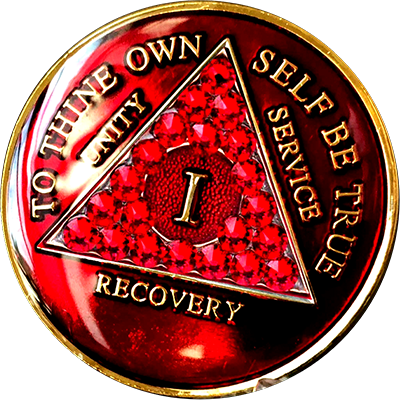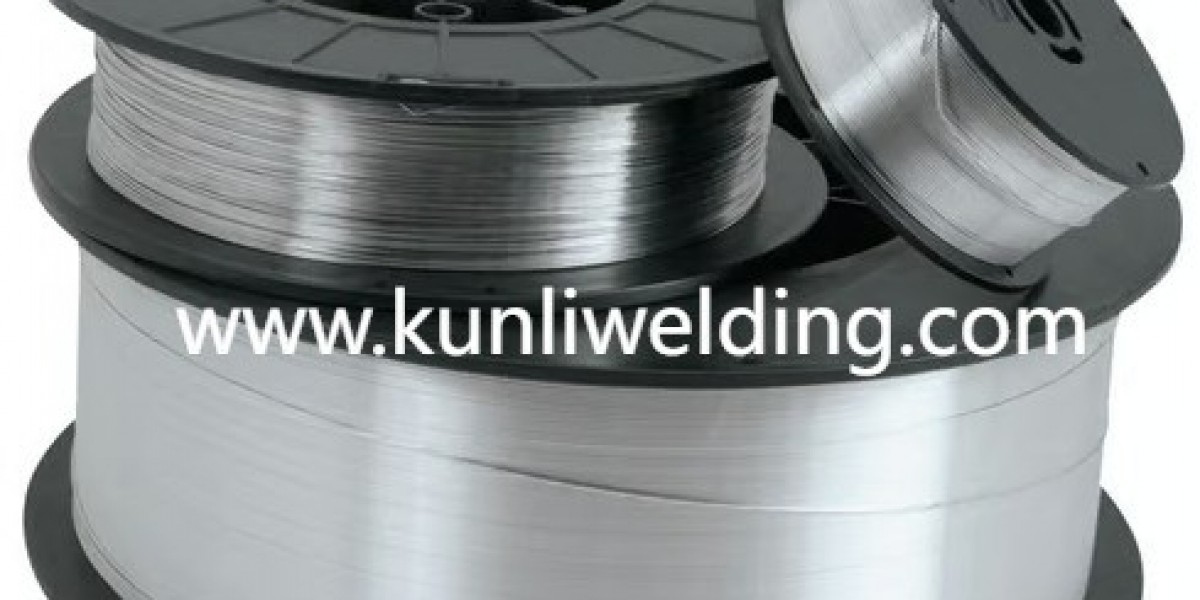In fabrication shops and automated production lines that respond to changing market demands, careful material stewardship has become a visible priority. Aluminum Welding Wire ER4943 appears in many engineering conversations because its chemistry supports corrosion resistance and steady weld flow for thin and moderate thickness aluminum work, and protecting those properties starts with disciplined storage and handling.
First principles of storage are simple but often overlooked. Keep coils in a dry, controlled indoor location away from open doors, salts and airborne dust. Avoid placing spools on cold floors or in areas with frequent temperature swings that can lead to condensation. Upright storage on clean racks prevents core deformation and makes pay out smoother when the spool is mounted for welding. Treat storage as an active part of production planning rather than as an afterthought; documented routines reduce the chance that a spool arrives at the bench with surface films that complicate welding.
Packaging and unpacking practice are practical defenses against contamination. When spools travel long distances packing that manages moisture and provides sealed protection minimizes exposure to salt and oil that degrade weldability. At the worksite, open a spool only when it will be used soon and reseal any remaining wire in a clean, labeled container with desiccant if conditions warrant. Label spools with lot information and the date they entered inventory so quality staff can trace usage and identify whether handling or production introduced any irregularity.
Handling protocols reduce human transfer of oils and salts to wire surfaces. Use clean, powder free gloves when lifting or unspooling to avoid depositing oils that can later create porosity in the weld deposit. Employ non metallic lifting aids and avoid dragging coils across dirty floors. For heavy spools use mechanical aids that do not mark or crush packaging. Where possible leave wire in its original sealed packing until the moment it is needed; this practice preserves the controlled surface condition that manufacturers intend to deliver.
On the bench, maintain a smooth feed path that minimizes kinks and chatter. Mount spools on low friction fixtures and ensure guide tubes and rollers are free of burrs and metallic dust. Check feeder tension settings and clean feed rollers on a schedule rather than only when a problem appears. Tangled or kinked wire increases the chance of wire jam and unstable arc which in turn raises rework risk. Quick, regular inspections are inexpensive habits that preserve arc stability and deposition uniformity.
Cleaning and surface prep for both base metal and filler wire matter. Even with a wire formulated to resist common defects, surface films from handling and transport can cause porosity or reduced wetting. Use recommended cleaning agents and mechanical preparation techniques that remove oxides and contaminants without introducing new residues. When a spool shows discoloration or visible contamination, run a small trial weld on representative scrap to confirm behavior before committing to critical parts. These short checks save hours later in corrective work.
Documentation and traceability shorten troubleshooting time when issues occur. Maintain a concise log that records spool lot numbers, storage location, unpacking date and the operator who first used the wire. When a quality deviation surfaces this record lets teams determine whether the root cause lies in handling, process parameters or in a production anomaly. Suppliers that publish production notes and handling guidance make it easier to align shop routines to the wire's intended performance envelope.
Training creates resilient habits. Brief hands on sessions for new operators and short refreshers for experienced staff build a shared expectation for cleaning, feed adjustment and storage discipline. Visual guides posted near welding bays that show mounting orientation, feed path checks and unpacking steps reduce variability between shifts. Encourage operators to report subtle changes in feed feel or arc behavior promptly so maintenance can act before production is disrupted. These small investments in human practice multiply across projects.
Logistics planning and supplier dialogue matter when projects run at scale. Discuss packing standards, transit conditions and recommended unpacking routines with the supplier so procurement and production speak the same language about acceptable coil condition on arrival. Where long shipments are unavoidable consider staged deliveries or local stocking to reduce exposure to variable transport conditions. Suppliers who support buyers with handling notes and who provide sample coils for trial runs simplify qualification and accelerate ramp up on new projects.
Sustainability conversations add another angle to storage and handling choices. Cleaner handling reduces contaminated scrap and supports recycling pathways, while robust traceability helps procurement tie material use to circular practice objectives. When material is kept clean from mill to bench there is less need for rework and less scrap that may be difficult to recycle. Aligning storage practice with environmental goals delivers operational and reputational benefits for fabrication teams and their customers.
For teams seeking practical product notes and handling advice the supplier's technical resources and news pages provide useful guidance that can be adapted to local shop conditions. Detailed product descriptions, handling suggestions and application examples help engineers and operators translate material attributes into day to day routines that protect weld quality and support project schedules. For additional product information and application guidance consult the manufacturer resources available at www.kunliwelding.com .where product notes and technical literature can help procurement and production teams plan storage, handling and qualification steps that fit their workflows.
































